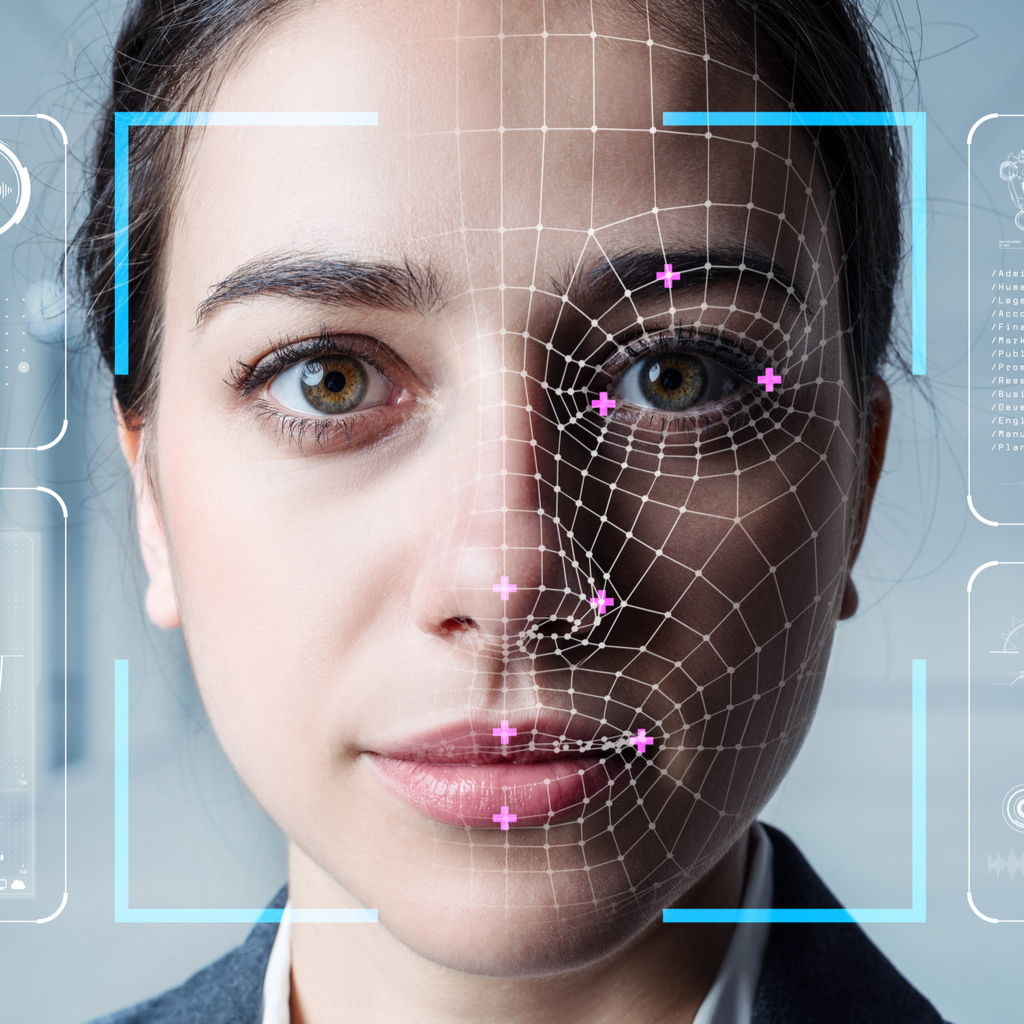From Surveillance to Smartphones: Growth Drivers in the Facial Recognition Market
From Surveillance to Smartphones: Growth Drivers in the Facial Recognition Market
Blog Article
The facial recognition market has witnessed significant expansion over the past decade, rapidly becoming one of the most prominent technologies within the broader biometrics and artificial intelligence landscape. Once a niche tool used mainly in law enforcement and border security, facial recognition is now embedded in daily life—from unlocking smartphones and automating airport check-ins to enabling smart retail and surveillance systems.
Fueled by the growing need for contactless authentication, increasing security concerns, and advancements in AI, the facial recognition market is positioned for continued innovation and global growth.

What is Facial Recognition Technology?
Facial recognition is a biometric technology that identifies or verifies a person's identity using their facial features. It maps facial characteristics from a photo, video, or live feed, then compares them to a stored database. The technology uses deep learning algorithms, 3D mapping, and image analytics to enhance accuracy and speed.
Key Drivers of the Facial Recognition Market
1. Rising Demand for Enhanced Security
As threats to physical and digital security become more sophisticated, facial recognition offers a reliable, non-intrusive way to control access and monitor activity. Governments and enterprises alike are investing in this technology for secure authentication and surveillance.
2. Surge in Contactless Technology
Post-pandemic, there has been a strong shift toward touchless solutions to reduce physical contact. Facial recognition serves as a hygienic alternative to fingerprint scanning and manual identity checks, especially in public and commercial settings.
3. Integration with Consumer Devices
Smartphones, laptops, and tablets are increasingly being equipped with facial recognition features. Leading tech giants such as Apple, Samsung, and Huawei have incorporated face unlock systems, enhancing user convenience and security.
4. Expansion in Retail and Banking
Retailers use facial recognition to enhance customer experiences by enabling personalized services, theft prevention, and queue management. Financial institutions are using it for secure KYC (Know Your Customer) processes and ATM authentication.
5. Government Initiatives and Law Enforcement
Governments worldwide are deploying facial recognition in smart city infrastructure, border control, copyright verification, and criminal investigations. These applications are contributing significantly to the growth of the facial recognition market.
Market Segmentation
By Technology:
-
2D Facial Recognition
-
3D Facial Recognition
-
Thermal Face Recognition
-
Skin Texture Analysis
By Application:
-
Security and Surveillance
-
Access Control
-
Emotion Recognition
-
Attendance Tracking
-
Marketing and Customer Analytics
By End-User:
-
Government and Defense
-
BFSI (Banking, Financial Services, and Insurance)
-
Healthcare
-
Retail
-
Telecom and IT
-
Transportation
By Region:
-
North America
-
Europe
-
Asia-Pacific
-
Latin America
-
Middle East and Africa
Regional Insights
North America currently leads the facial recognition market due to the presence of major tech firms, regulatory frameworks, and large-scale government adoption.
Asia-Pacific is the fastest-growing region, driven by extensive government surveillance projects, rapid digital transformation, and high mobile adoption.
Europe maintains steady growth, although regulatory constraints related to GDPR and privacy laws influence deployment patterns.
Challenges and Concerns
While the facial recognition market is booming, it also faces several challenges:
-
Privacy and Ethical Issues: Concerns over mass surveillance, consent, and data misuse have triggered debates and calls for regulation.
-
Accuracy and Bias: Racial and gender biases in facial recognition algorithms have raised questions about fairness and inclusivity.
-
Regulatory Uncertainty: Varying regulations across regions can limit market expansion and create compliance difficulties.
-
Security Risks: Spoofing attacks and data breaches remain a concern, requiring robust liveness detection and encryption standards.
Major Players in the Facial Recognition Market
Some of the leading companies in the facial recognition space include:
-
NEC Corporation
-
Thales Group
-
Cognitec Systems
-
Aware Inc.
-
IDEMIA
-
Face++ (Megvii)
-
Clearview AI
-
SenseTime
-
Microsoft Corporation
-
Amazon Web Services (AWS)
These companies are investing in AI-based innovation, cloud integration, and accuracy enhancements to stay ahead in a competitive market.
Emerging Trends in the Facial Recognition Market
-
Edge-Based Facial Recognition: Processing data on devices (edge computing) rather than cloud servers to reduce latency and improve data privacy.
-
Emotion Recognition: Analyzing micro-expressions to detect emotional states in customer service and psychological analysis.
-
Integration with IoT: Using facial recognition in smart homes, connected vehicles, and industrial IoT systems.
-
AI-Powered Surveillance: Combining facial recognition with predictive analytics for proactive threat detection.
Future Outlook
The facial recognition market is set to witness exponential growth, with continued innovation in deep learning, 3D imaging, and real-time analytics. As governments and private sectors seek more secure, efficient, and intelligent identification systems, the technology is expected to expand into new domains.
Efforts to address ethical and legal concerns will play a critical role in shaping future deployment. With evolving regulations, public awareness, and transparent data governance, the facial recognition market has the potential to become more trusted and widely adopted.
Conclusion
The facial recognition market is reshaping how identity is managed, secured, and utilized across industries. With a growing footprint in both the public and private sectors, it offers immense potential for innovation while also demanding responsible development and regulation. As the world becomes increasingly connected and data-driven, facial recognition stands at the forefront of technological transformation in authentication, surveillance, and user experience.
Related Trending Reports
| FRAM Market |
| Machine Condition Monitoring Market |
| 3D Metrology Market |
| Digital Panel Meter Market |
| EMC Shielding and Test Equipment Market |